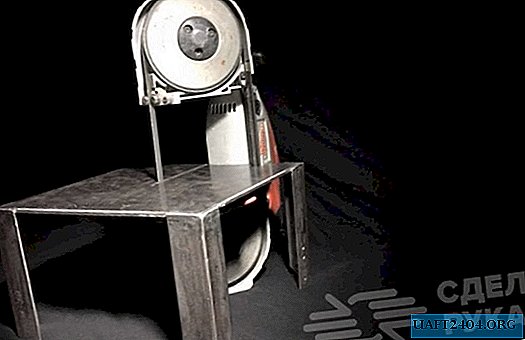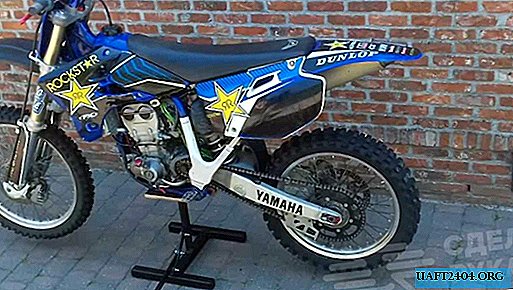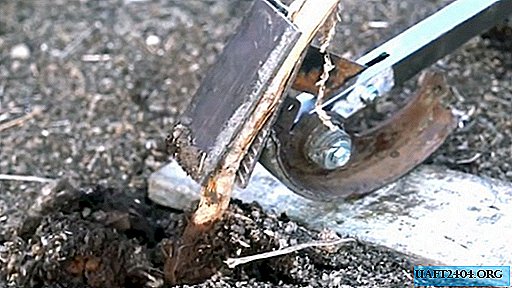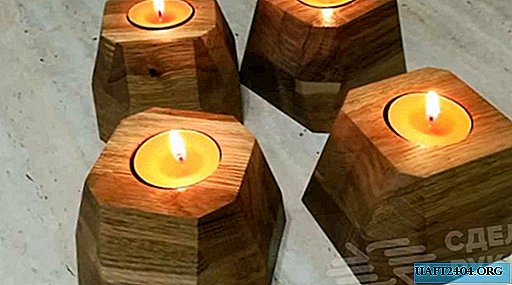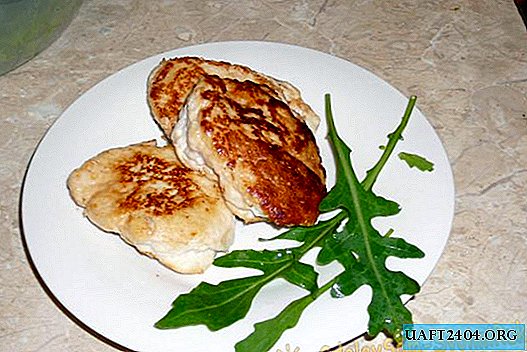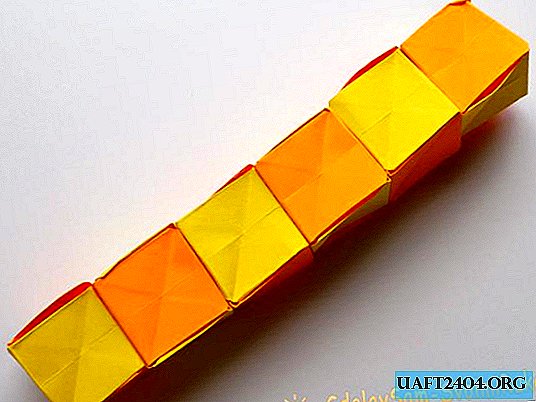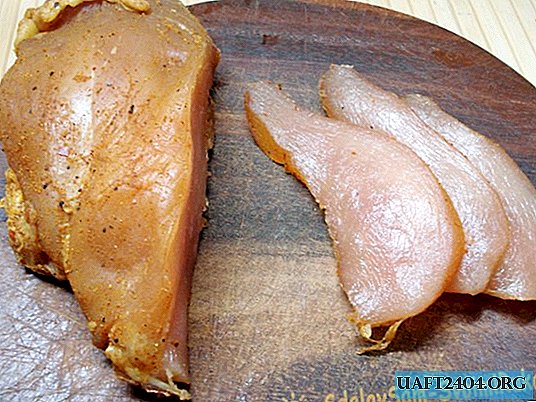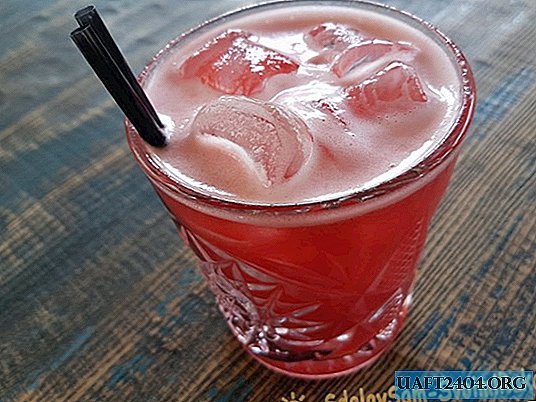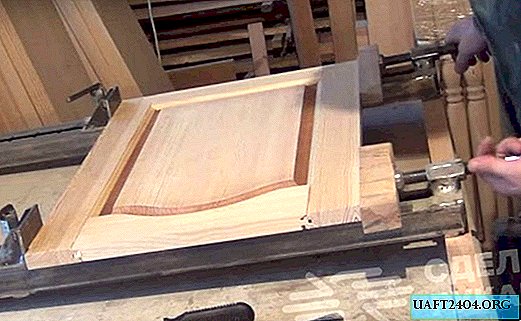
You can make furniture facades with your own hands, using an affordable tool - and the quality of such products will not be inferior to factory facades. The technology for manufacturing furniture facades is not new, however, it will not be out of place for beginning masters to learn some of the subtleties of this process.

DIY furniture facades
First of all, a basement is manufactured - for this, a profile is first made of wood 65x45 mm with a quarter of 10x5 mm and a depth of 20 mm. The corners are sawn at 45 degrees, and then the base is glued in one pass. A quarter and corners are smeared with glue, after which everything is pulled together by carpentry hems (they are also called long clamps for screed shields).

The base is mounted on four legs, which are turned on a lathe. Pine can be used as material, but the wood should be fairly dense. Next, we need to make wooden racks for the hull, racks for large and small facades, drawers for the hull and facades, as well as wide blanks on the upper arched drawers.

At the next stage, trimming all the workpieces to the final size is performed, and after that it is necessary to do face and longitudinal milling. It is convenient to trim long workpieces on a miter saw, and short ones with a circular saw, since the quality of the geometry of the parts is noticeably higher on it.
Features of the manufacture of facades

To make arches on the upper facades, it’s not at all necessary to use some templates - this work can be done arbitrarily by hand, and if you need a lot of such arches, then we use the first part as a template.

As a rule, it is almost never possible to completely avoid small chips when milling workpieces for the manufacture of facades. However, there is nothing wrong with this - just take sandpaper and smooth out the chips that have formed so that they do not catch the eye.

Mills can be milled either on a milling machine or using a manual milling machine - for this you need to purchase a special panel mill of a large diameter (semicircular shape). First you need to mill the panel across, and then along. Then dry assembly is carried out, gluing and painting of the facades.

